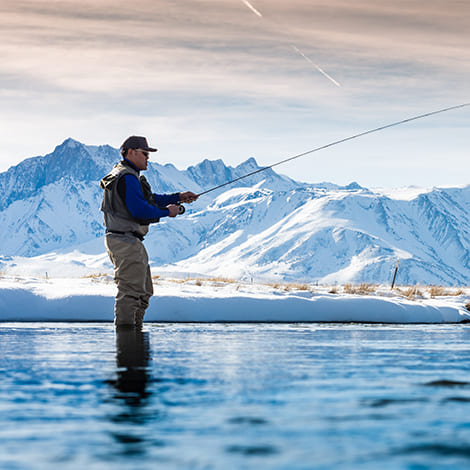15 Tips for Stand-Up Paddle Boarding Beginners
15 Tips for Stand-Up Paddle Boarding Beginners
Stand-up paddle boarding (SUP) is a fantastic way to enjoy the water, get some exercise, and explore beautiful scenery. Whether you’re paddling on a calm lake, a flowing river, or out in the ocean, stand-up paddle boarding is accessible for people of all ages and skill levels. If you’re just getting started, here are 15 tips to make your experience fun, safe, and stress-free.
1. Choose the Right Board
The right board makes all the difference. Beginners should start with a wider, longer, and more stable board. Inflatable boards are also a great option because they’re durable and easy to transport.
2. Use a Leash
A leash is a must for SUP safety. It keeps you attached to your board, which can be a lifesaver if you fall into the water, especially in moving water or windy conditions.
3. Start on Calm Water
Choose a calm, flat body of water to practice on for your first sessions. Lakes, slow rivers, and bays are perfect spots for learning without dealing with waves or strong currents.
4. Wear the Right Gear
Dress appropriately for the water temperature, not just the weather. If the water is cold, consider wearing a wetsuit. Always wear a personal flotation device (PFD), especially if you’re in deep or unpredictable waters.
5. Hold the Paddle Correctly
Beginners often make the mistake of holding the paddle backward. The blade should angle forward (away from you), and your top hand should be on the handle while the bottom hand grips the shaft.
6. Stand Up Properly
Start in a kneeling position on the center of the board. Once you feel balanced, place your hands on the board for stability, and slowly stand up one foot at a time. Keep your feet shoulder-width apart over the center handle.
7. Look Ahead, Not Down
Your instinct might be to look at your feet, but this can throw off your balance. Instead, keep your gaze forward toward the horizon and maintain a straight posture.
8. Engage Your Core
Paddling isn’t just about using your arms. Engage your core muscles to improve stability and reduce fatigue. This technique also gives you more power with each stroke.
9. Learn the Basic Paddle Strokes
Practice the forward stroke (to move straight), sweep stroke (to turn the board), and reverse stroke (to slow down or back up). These basic strokes will help you control your board.
10. Stay Balanced
To maintain balance, keep your knees slightly bent and your weight centered over your feet. If you start to wobble, lower your stance or drop back to a kneeling position until you regain confidence.
11. Don’t Be Afraid to Fall
Falling is part of the learning process, so don’t worry about it! If you feel yourself losing balance, aim to fall away from the board to avoid injury, and always fall into the water, not onto the board.
12. Check the Weather and Conditions
Before you head out, check the weather forecast, wind direction, and water conditions. Avoid paddling in high winds, strong currents, or rough water as a beginner.
13. Bring Safety Essentials
Always carry a whistle, phone (in a waterproof case), and water to stay hydrated. If you’re paddling far from shore, a PFD and basic first-aid kit are essential.
14. Practice Turning and Stopping
Practice turning your board using the sweep stroke and stopping with a reverse stroke. Being able to maneuver confidently will make your paddling experience safer and more enjoyable.
15. Have Fun and Be Patient
SUP is all about having fun on the water. Don’t get discouraged if you wobble or fall in at first. With practice, you’ll build balance, confidence, and paddling skills.
Final Thoughts
Stand-up paddle boarding is a rewarding activity that combines fun, fitness, and exploration. By following these beginner tips, you’ll be well on your way to becoming a confident paddler. Remember to stay safe, be patient with yourself, and enjoy the beauty of being on the water. Happy paddling!





